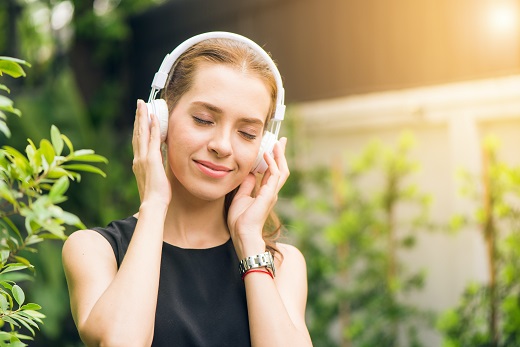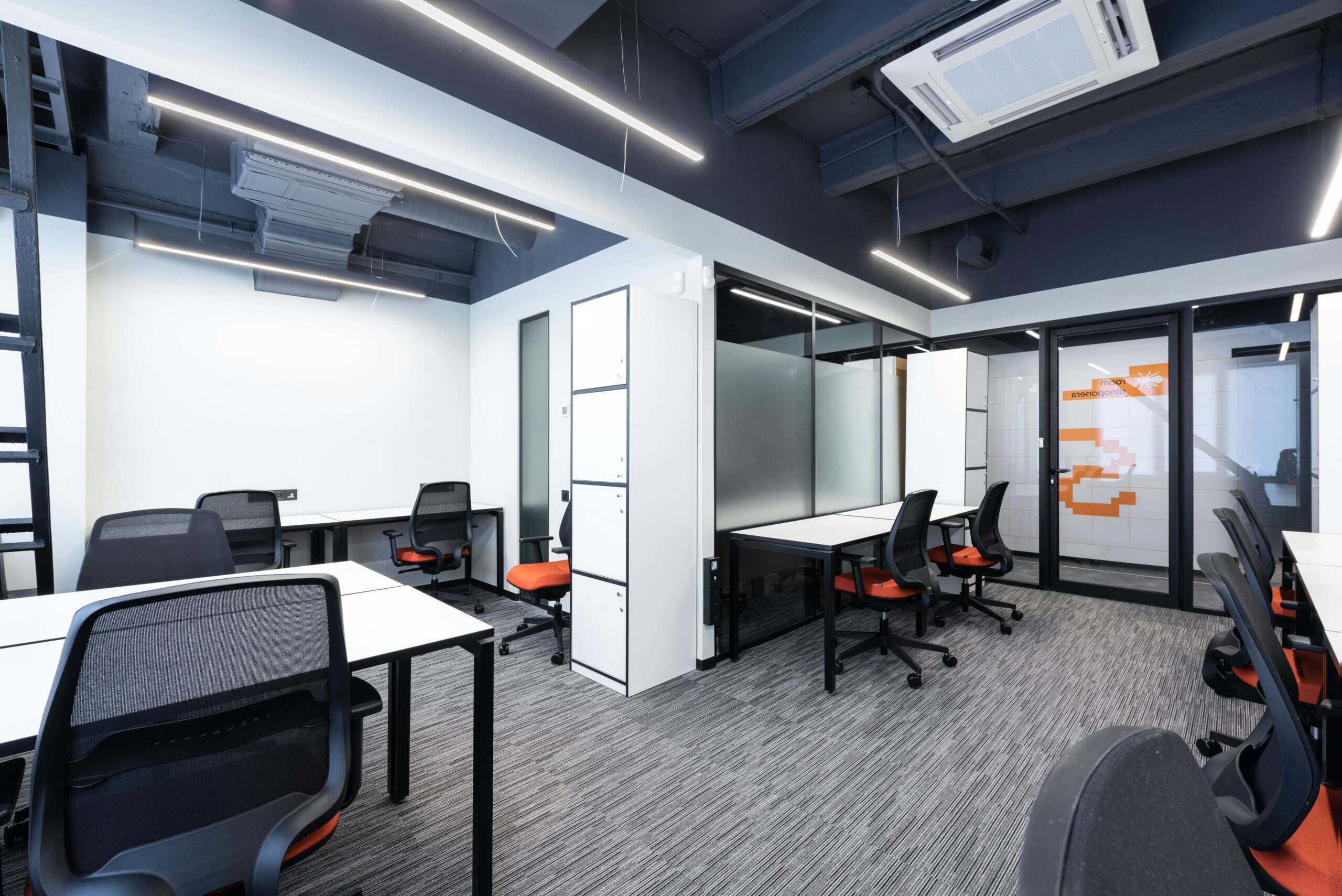
Air purifier noise and performance
20 June 2023
Running an air purifier is noisy, isn’t it?
When choosing an air purifier you would be forgiven for thinking running one is noisy, or is it? There are two important parameters to consider: the Clean Air Delivery Rate (CADR) and the environmental noise, which reflect the purification efficiency and acoustic environmental quality of the air purifier, respectively. So, what is the relationship between these two parameters?
The CADR value, or Clean Air Output Ratio, indicates how many cubic meters of clean air an air purifier can output per hour. The higher the CADR value, the higher the purification efficiency of the air purifier and the larger the applicable area. CADR values are generally divided into particulate CADR and gaseous CADR, which are for different types of pollutants such as PM2.5 and formaldehyde, respectively.
Environmental noise, which refers to the sound produced by air purifiers when working, affects people’s quality of life and sleep quality. The lower the ambient noise, the higher the acoustic environment quality of the air purifier, which is more suitable for use in quiet places.
According to EU standards, there is a certain correspondence between the CADR value of air purifiers and environmental noise, as shown here:
CADR value (m³/h) | Ambient Noise (dB)
| ≤100 | ≤40 |
| 100-200 | ≤45 |
| 200-300 | ≤50 |
| 300-400 | ≤55 |
| 400-500 | ≤60 |
| >500 | ≤65 |
It shows that the CADR value is positively correlated with the environmental noise, and the higher the CADR value, the higher the ambient noise. This is because air purifiers need to use higher-speed fans and denser filters to achieve efficient purification, which increases the resistance and friction of air as it passes through the filter, resulting in greater noise.
Noise exposure and the effects on our health
Chronic exposure to environmental noise significantly affects physical and mental health. Noise will affect our sleep quality, and can cause dizziness, headache, insomnia, memory loss, inattention, nausea, vomiting, stomach pain, abdominal distension, sluggish appetite and other gastrointestinal symptoms. Nutritionists have found that noise can also increase the consumption of essential nutrients such as vitamins, trace elements, nitrogen-based acids, glutamine, and nitrogen-dependent acids in the human body, affecting health. Noise can distract people’s attention, resulting in slow response, fatigue, decreased work efficiency, and increased error rates.
Pregnant women in a noisy environment of more than 50 decibels for a long time will experience endocrine gland dysfunction, mental stress and endocrine system disorders, which will seriously increase blood pressure, fetal hypoxia and ischemia, lead to fetal malformation and even abortion.
What is the allowable value of environmental noise?
To ensure conversation and communication, the allowable guideline value of environmental noise for residential interiors stipulated in British Standard BS 8233 are: living room: 30dB(A)~40dB(A) and night time bedroom: 30dB(A)~35dB(A). The UK has developed its own Noise Policy Statement in line with the WHO’s Environmental Noise Guidelines (2018), which includes principles and objectives for the definition, classification, assessment, and management of noise.
Ambient noise on UK residential areas should comply with the requirements of the Noise Policy Statement, as well as relevant laws and regulations such as the Noise Act and the Anti-Social Behaviour Act, to prevent noise sources from interfering with or harming surrounding residents. The UK also encourages measures such as sound insulation, sound absorption, and noise reduction to improve the quality of the acoustic environment. The situation between noise and clean air is particularly noticeable within the school environment. School buildings need to comply with Building Bulletin 93, which states that “In a school with a good acoustic environment, people will experience ‘minimal disturbance from unwanted noise (such as from activities in adjacent areas, teaching equipment, ventilation fans or road traffic).’
Plus, the School Premises Regulations 2012 states classroom conditions should be such that teachers should be able to communicate without straining their voices.
If the school has a ventilation or purification system, then this needs to function within the requirements.
What is the noise standard range of air purifiers?
According to relevant industry regulations, the noise standard range of air purifiers is as follows:
– CADR≤ 150 m³/h, noise should be ≤ 55 dB;
– 150 m³/h< CADR≤300 m³/h, noise should be ≤ 61 dB;
– 300 m³/h< CADR≤450 m³/h, noise should be ≤ 66 dB;
– 450 m³/h< CADR≤600 m³/h, noise should be ≤ 70 dB;
– 600 m³/h< CADR≤800 m³/h, noise should be ≤ 75 dB; ¹
What else can cause an air purifier to be noisy?
– Fan speed and air volume. Generally speaking, the faster the fan speed, the greater the air volume and the higher the noise. The noise of the air purifier in different gears is also different, and the noise of the high-speed gear will be much louder than the noise of the low-speed gear.
– Flow noise generated when air flows inside the machine. The internal structure and design of the air purifier affects the resistance and turbulence of the air flow, which in turn affects the size of the flow noise. In general, the simpler the internal structure, the smoother the air duct and the less flow noise.
– Flow resistance of the filter. The filter is the core component of the air purifier, which can filter out various pollutants in the air, but at the same time, it will also increase the resistance of air flow, thereby increasing flow noise. The denser the filter, the better the filtration effect, but the greater the flow resistance.
– Installation location and environment of the air purifier. Some air purifiers are used in the centre of the room not attached to the wall, meaning the noise is in the middle of the space. In addition, objects and walls around the air purifier may reflect and amplify its noise.
Air purifiers do not have to run 24/7
A high-quality air purifier does not require 24 hours of continuous operation. In the era of high CADR, once pollution occurs, the air purifier can purify the pollutants to the standard concentration range within a few minutes. After indoor air purification, if there are no new sources of pollution, indoor air quality can be kept clean for a long time. We have conducted research into this. Before going to bed, the concentration of indoor PM2.5 after purification reaches 5 micrograms/cubic meter. After getting up in the morning, the concentration of indoor PM2.5 will not exceed 8ug/m.
The core of CADR is its target contaminant removal rate. That is, once the pollutants exceed the standard to form pollution, the air purifier is required to quickly remove the pollutants in a relatively short period of time to reach the relevant limit standards.
The higher the CADR value, the shorter the time to remove the contaminant to reach the standard.
How does Healthy Air Technology combat noise?
Our technology optimises the noise problem of air purifier through the following:
– The design of the Domestic Air Purifier (HA500) and the Commercial Air Purifier (HA800) uses advanced computational fluid dynamic (CFD) technology, which increases the air intake area of the air purifier, and greatly reduces the air intake noise.
– The filter air duct is specifically designed so that the noise filtered by the air purifier in the internal air duct is almost silent, while being able to adequately clean the air.
– The filter layer layout can make the air purifier effectively filter while reducing the noise generated during filtration.
– The technology uses F1 racing type scientific technology CFD improved the performance of air outlet, so that the filtered and purified fresh air can be vertically and effectively vented, efficiently transported to all corners of the room while making the air outlet noise smaller.
– Intelligent automatic mode runs the air purifier scientifically, intelligently adjusting the gear of the air purifier to save energy consumption and reduce noise.
The future is clean, the future is quiet
With the continuous improvement of environmental awareness and the strengthening of environmental protection policies, people have higher and higher requirements for air quality, and the development of low-noise air purifiers will become an important trend in the future market. Simply put, the only way we can go one better is to decrease the noise level in air purification technology.
Therefore, when choosing an air purifier, you can not only look at the CADR value, but also consider whether the environmental noise meets your needs and comfort. You can choose the high-grade mode when using the air purifier during the day to improve the purification efficiency; When you go to bed at night, you can choose low gear or sleep mode to reduce noise interference. In addition, you can also choose some air purifiers that use sound insulation, sound absorption, noise reduction and other technologies to improve the quality of the acoustic environment.
Latest News

Integrating Air Purification with HVAC: A Vital Step Towards Net-Zero and Healthier Building
Since the launch of the pilot Standard at the end of 2024, all eyes are on trying to…

Clean Air and ESG: Why Clean Air is Critical to Environmental, Social, and Governance Goals
As Environmental, Social, and Governance (ESG) frameworks continue to shape how businesses operate, one issue stands out as…

Does Air We Breathe Impact Pregnancy Outcomes?
Emerging research is shedding light on a growing public health concern: the air we breathe may significantly impact…

